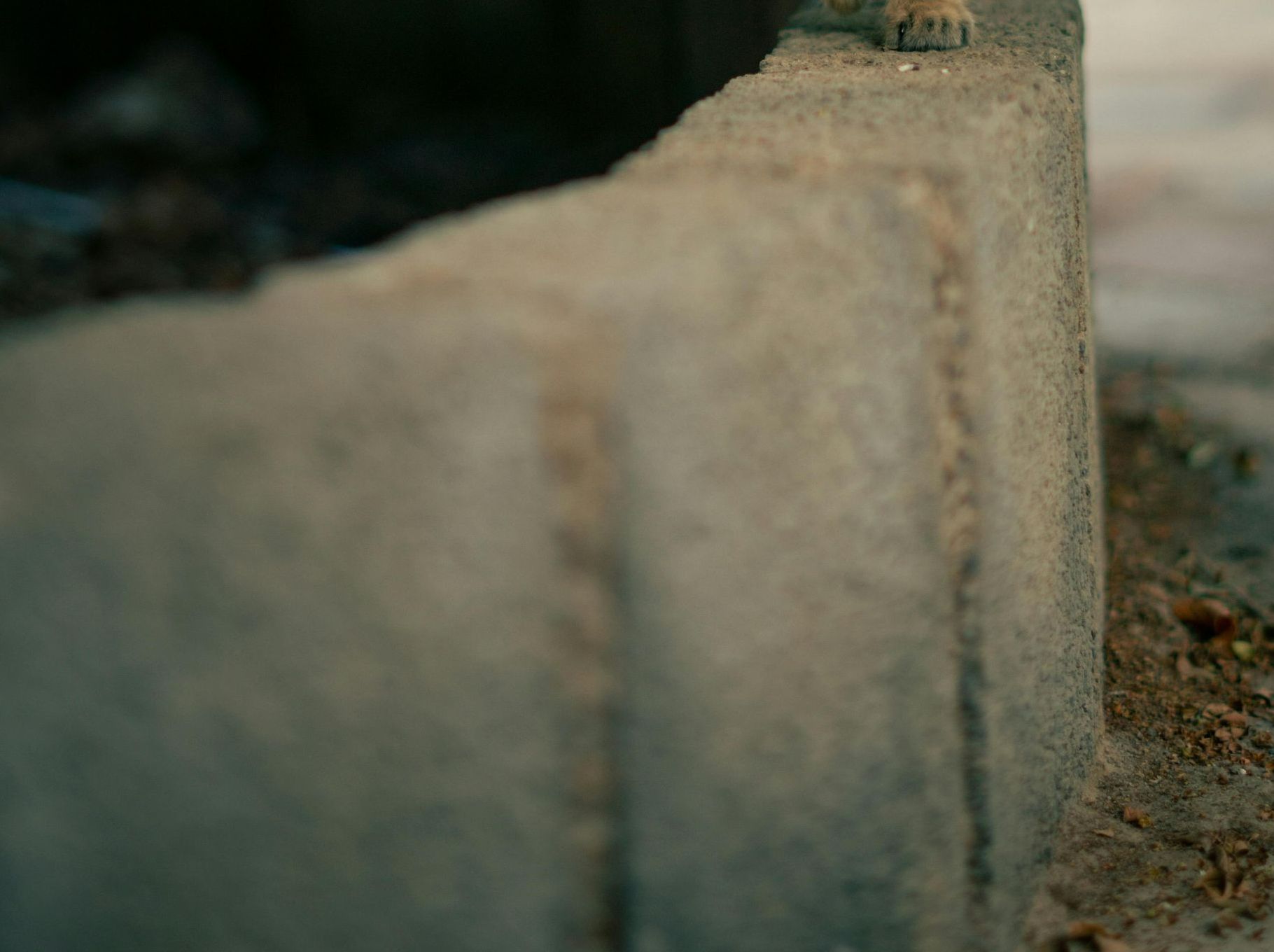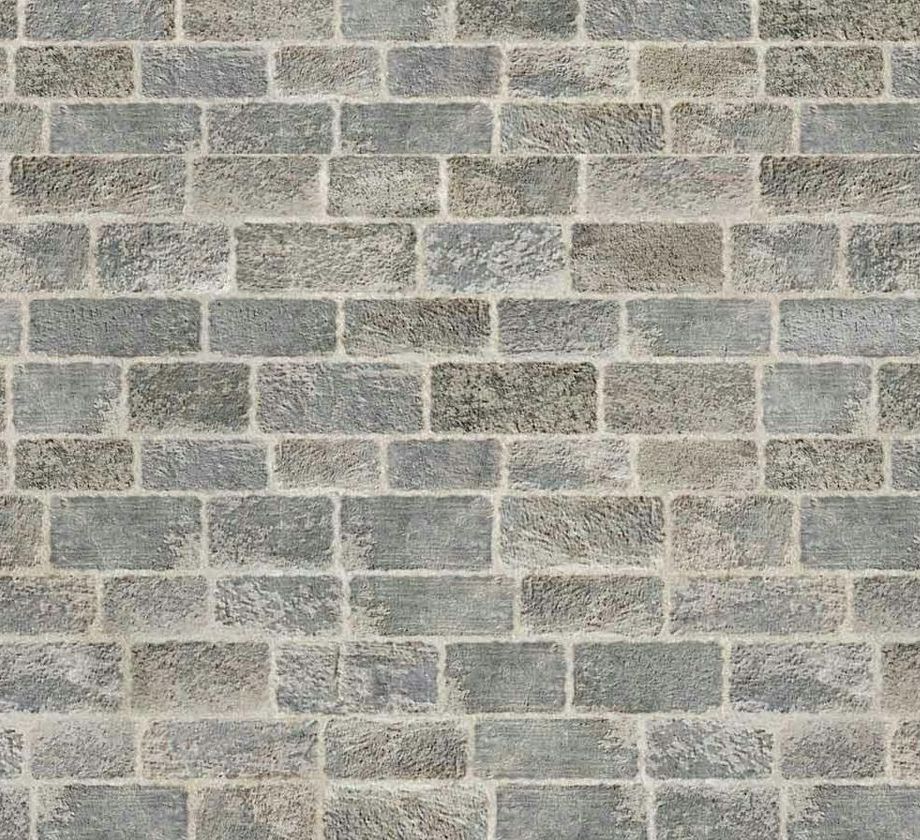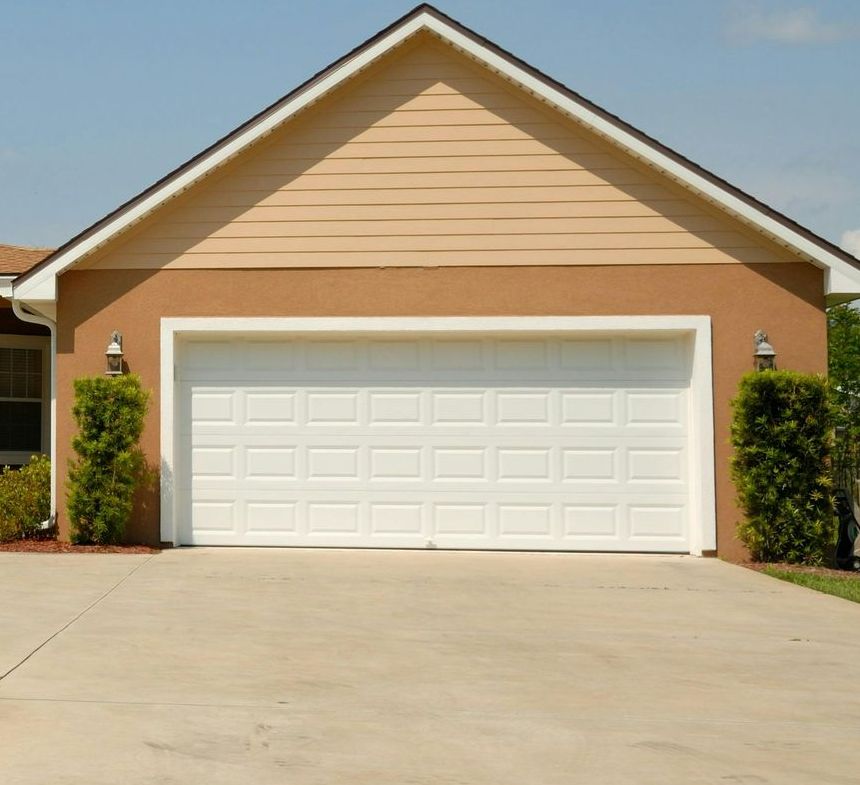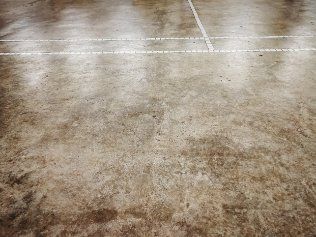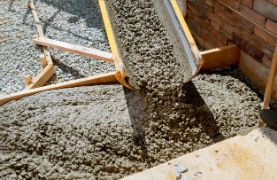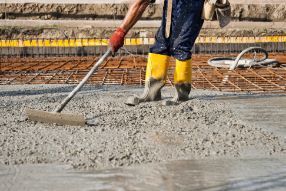Helpful Tips to Get the Perfect Concrete Slab
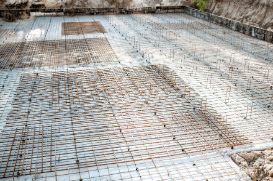
Whether you are just looking to replace the concrete slab of your property or have a new concrete slab built, you should know a few things before you start. These tips will help you get the perfect concrete slab for your Frankston property.
Grooving
Besides making your car or truck safer, grooving the concrete slab in Frankston has many benefits, from increased skid resistance to improved water drainage. In addition to the earlier uses, grooving the slab can improve vehicle control, allowing for better maneuvering.
Grooving the concrete slab can also be an excellent way to save time and money in the long run. The process involves cutting the slab with a diamond-tipped saw blade on a rotating shaft.
Aside from cutting the slab, you will also need to plan your approach to ensure the job is done right. Besides the actual gyrations, you will also need to account for the shrinking of concrete due to temperature and drying. Moreover, there is a risk that coarse aggregate will be ejected at the grooves. This is where the proper tool selection comes into play.
Choosing the right tool is a challenging task. Luckily, manufacturers offer a variety of options, including a full range of specialty grooving tools for the pro, as well as an array of possibilities for do-it-yourselfers. If you are looking for the best grooving solution, consider a reputable company with a reputation for quality and a wide selection of products for all your grooming needs. Grooving the concrete slab in your apartment may seem daunting, but it can be accomplished with the right tools and mindset. The results are well worth the effort, as you'll be rewarded with a better-looking property for years to come.
Fill
Whether you're building a concrete slab for a driveway or an outdoor living area, the process can be both time-consuming and tiring. You'll need to obtain a building permit and follow local building laws.
Before starting building, you'll need to prepare the concrete slab site. This involves clearing out the area of underbrush and trees. Also, you'll need to ensure the area is level with the surrounding earth. You'll also need to measure the site's slope and the depth of the slab.
A professional builder should be able to help you with this process. They will know the local laws and can make recommendations based on the soil. They can also remove any excess dirt.
You'll also need to ensure the slab is cured correctly. This can take anywhere from three to ten days. Once it's fixed, you can drive on the concrete slab. After the slab has cured, you'll need to apply an elastomer. You can use it with a brush, roller, or sprayer.
You'll also need to check the water level in the area. If it's low, you'll need to add more fill. If it's high, you'll need to remove the excess soil.
Once you've determined the depth and slope of the concrete slab site, you'll need to mark the corners of the slab. You'll also need to measure the depth of the slab and the height of the slab.
Next, you'll need to fill the concrete slab site with gravel. The amount of stone you'll need will depend on the soil's conditions and the concrete you're installing.
The gravel fill should be compacted down to the ground. You can use a plate compactor or hand float the material into voids.
Finally, you'll want to ensure that the concrete slab site is level and that the soil is compacted before the concrete is placed. This will ensure that the slab is firm and crack-resistant. It'll also help to keep the slab moist.
Before you begin filling the perfect concrete slab in your property, you'll need to be sure to obtain a building permit and follow all local building codes.
Calculating concrete cost per yard
Using a concrete calculator to calculate substantial costs per yard is an easy way to calculate how much concrete is needed for a specific project. However, several factors can impact the price of your concrete. These factors include the type of concrete you need, the strength of the concrete, the size of the project, and the geographic location.
Depending on the size of your project, you may need to perform additional concrete preparations. These preparations can include laying a sub-base, a layer of sand and gravel that will help keep the substantial stable during pouring.
You may also need to set up reinforcements to prevent cracking and support the concrete's weight. You can also add wire mesh to the mixture to increase the strength of the concrete.
You will pay more for concrete if you live in a colder climate. This may include an extra for winter deliveries. These costs can be avoided by purchasing concrete from a local supplier.
You can also expect to pay an extra per cubic yard if you live on a coastal island. These costs can be avoided by purchasing concrete in bulk from a local supplier.
Thanks for reading our blog! We hope you found this information insightful and that you have the perfect concrete slab for your home in no time! Please give us a call if you have any questions at
03 5910 4479.
Free Instant Quote
**plus FREE bonus coupon**
Contact Form
You Might Also Like
